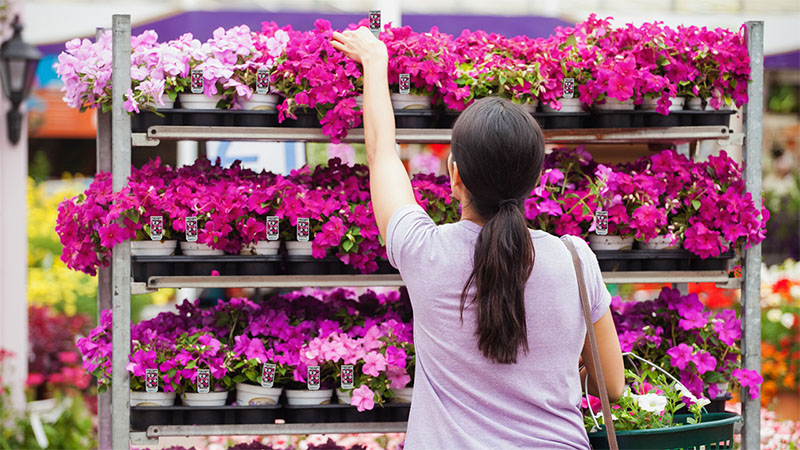The Economics of Crop Lighting Systems: What You Need to Know
Capital costs are the main barrier for the adoption of energy efficient lighting systems. In the fifth week of the Plant Lighting Short Course, you will learn how compare the installation and operating costs of crop lighting systems and how to calculate the return on investment (ROI). You will also learn about financial incentives, rebate, and loan programs available to CEA growers. The program takes place on November 11; click here to sign up.
Here’s an overview of what you can expect:
“Calculating operating expenses of supplemental greenhouse lighting systems” The electricity costs associated with supplemental greenhouse lighting can be high, but are hard to estimate. Choosing the optimal type of lighting system should consider both Capex and Opex. To help growers choose the optimal lighting system for their specific greenhouse, a team that included Marc van Iersel at the University of Georgia developed an on-line app that estimates the annual costs associated with different lighting systems and in different locations. User input for the app is simple: zip code, target DLI, greenhouse light transmission and size, fixture efficacy, and electricity price. If desired, users can specify the fraction of total greenhouse space where lighting is used on a monthly basis. The app calculates the electricity use and cost associated with providing the required supplemental light. The results are provided on a monthly and annual basis and can be exported as a CSV file. The app makes it easy to compare different lighting scenarios, such as HPS versus LED fixtures, and can provide valuable information to greenhouses planning to replace or install a lighting system. The lighting cost app is freely available (https://www.hortlamp.org/outreach/determine-lighting). Short course participants will learn how to use the app to estimate the costs associated with supplemental lighting, based on their specific greenhouse conditions and crops.
“Case study: HPS vs. LED for leafy greens” Little Leaf Farms currently produces hydroponic leafy greens in 10 acres of greenhouses in Devens, MA. The current facility came together in three phases beginning in 2015 which led to three lighting decisions along the way. Tanya Merrill from Little Leaf will address considerations that went into their decision making process and how it evolved over time.
“Return on investment” As firms make decisions about adopting new technologies an important indicator to be considered is return on investment (ROI). ROI allows the firm to understand the probability of gaining a positive return on the amount they invested in a new technology. Further, the amount of time to recoup costs should be a major consideration in the adoption process. This short course workshop from Ben Campbell of the University of Georgia focuses on understanding what goes into ROI and how to utilize ROI to determine if LED lighting is right for your operation. Campbell will also discuss the ways to use ROI in the adoption decision, while giving tips and advice on the important factors operations need to consider when thinking about the economics of LED lighting.
“Financing opportunities” Energy-efficient solutions are commonly capital intensive with higher installation costs compared to legacy technologies. There are numerous opportunities to promote the implementation and adoption of emerging technologies, capable to improve CEA energy use efficiency and increase profitability. Paal Elfstrum, CEO of Wheatfield Gardens in Buffalo, NY, will talk more about some financing and energy rebate opportunities he participated, and how it has positively impacted his operation.
Learn more about van Iersel’s presentation in the video below!










